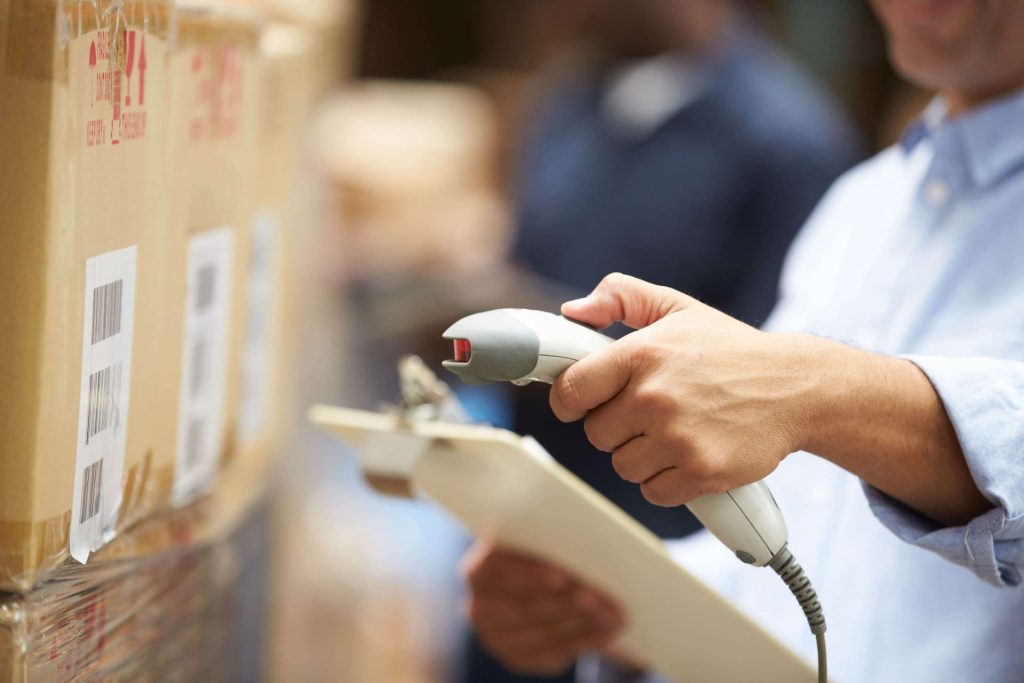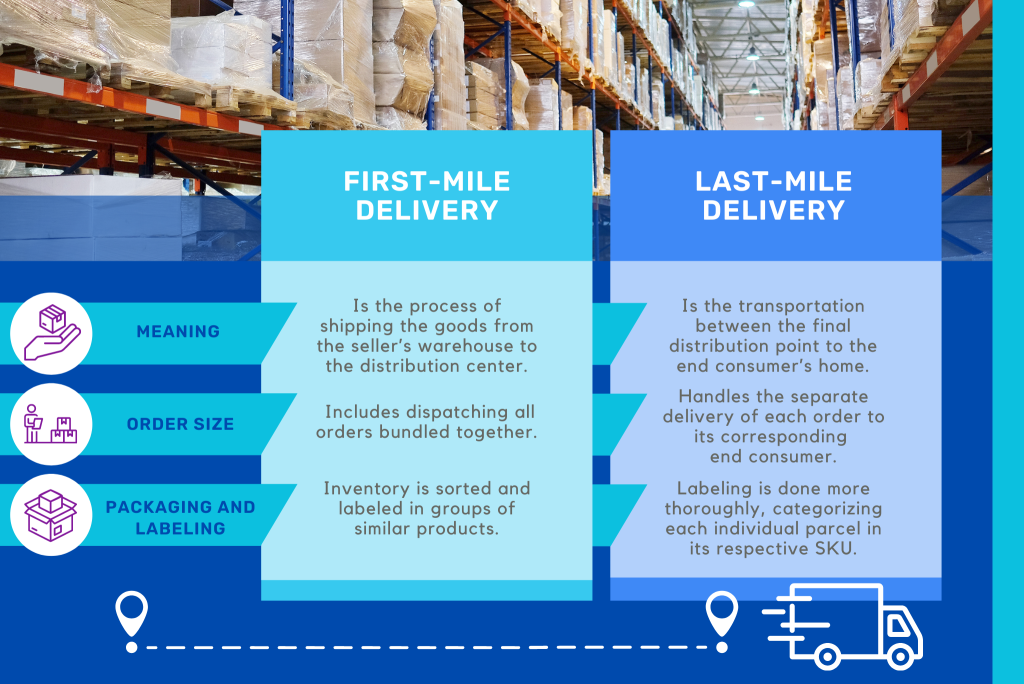While last-mile delivery is a ubiquitous concept in the logistics world, few people reflect on the impact of the other end of the process in a company’s scalability. Here’s what you need to know about that first mile.
In logistics, first mile and last mile are two instances in the delivery process, namely its beginning, and end. Both concepts refer to the direct link between retailers and distributors in a supply chain.
For more insights on the role of last-mile delivery and customs valuation, see Rocío Scavuzzo’s perspective.
Companies often focus on the last mile and aim to optimize it using different strategies, like the deployment of provider management systems, improved communications and coordination with providers, the implementation of real-time tracking solutions, and process streamlining to reduce pickup and handling times.
However, focusing on first-mile delivery can provide companies with more efficient, reliable, and quick supply chain operations, which will ultimately increase customer satisfaction and give them a competitive edge in the market. To achieve this, Aerodoc combines specialized solutions such as importer of record services, warehouse and fulfillment services, and freight forwarding to streamline operations end-to-end.

Why You Need to Think About
First-Mile Delivery
“Everyone focuses on last-mile delivery, as that’s what ends up defining your service experience,” says Estefanía Sisatzky, EVP of OPS & Customer Service at Aerodoc. “However, the first mile is crucial, too. The sooner a product starts its international journey, the sooner it enters the supply chain process, the more efficiencies we will generate, and the greater the chances of a successful delivery,” says Sisatzky.
First-mile delivery goes from the moment the customer makes a request to the moment to the selection of the means of shipping, including order preparation, validation, and transportation.
Here’s a comparison between both processes:

First Mile 101: The Basics
First-mile delivery has various operational functions that need to be organized to provide an effective, fluid service, making the most out of the available resources and optimizing costs.
The four main pillars of first-mile delivery are the following:
- Order Packing and Consolidation
- Picking
- Transportation
- Truck Loading and Dispatch
During order consolidation and packing, workers check the number of units requested, set up the order for shipping, and print relevant documentation to complete shipping labels.
Picking is the main first-mile operation, and the most expensive step of the process – it can account for more than 60% of total costs. Orders should be prepared in advance and a quality control process should be in place to send orders for consolidation quickly, with short delivery times.
First-mile delivery often includes shipping the finished product from a manufacturing center to a central/transit warehouse before continuing to its final destination. In this case, having a good shipping service within your supply chain is essential. A model such as DDP with IOR can also help companies overcome trade barriers and ensure smoother cross-border delivery.




